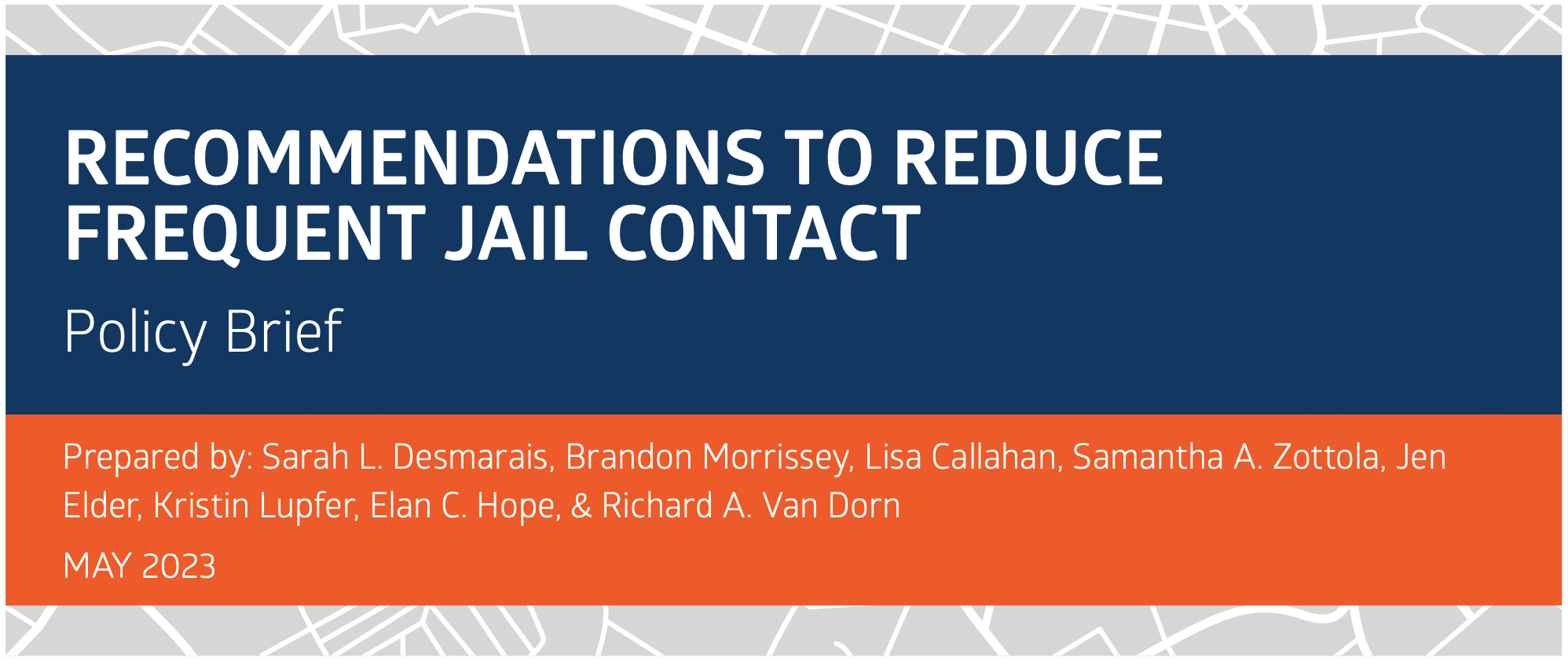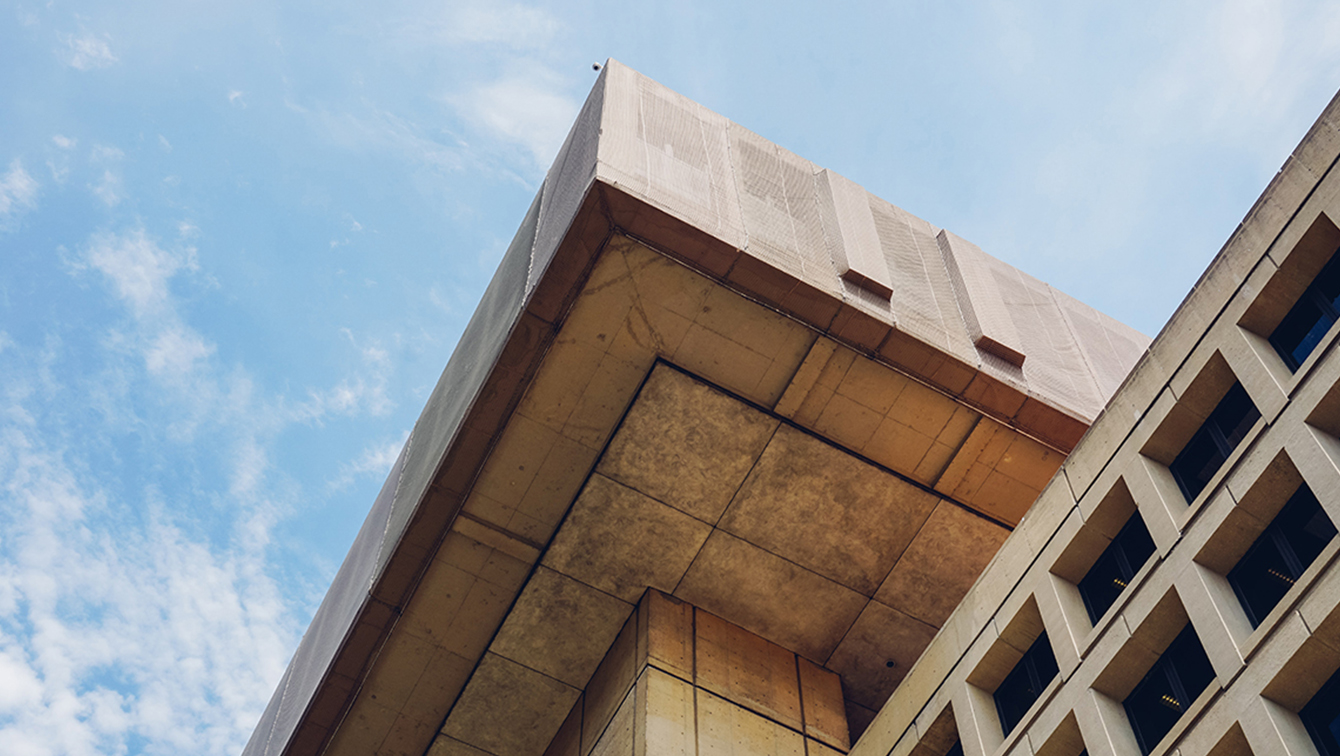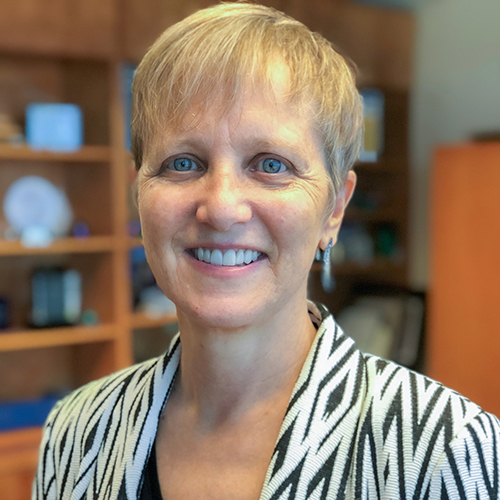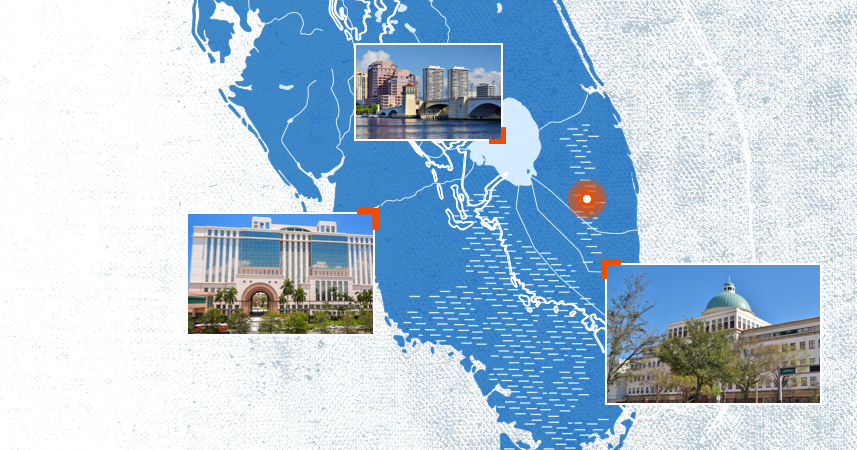Diversion Frequent Utilizers Interagency Collaboration August 17, 2022
New research by Justice System Partners supported by the MacArthur Foundation’s Safety and Justice Challenge (SJC) shows the positive impacts of police-led deflection strategies on jail reduction efforts. Overall, “deflection first, arrest rare” as a primary policy for eligible offenses helps reduce criminal legal system involvement and improve equity by connecting individuals to the services they need. It no longer makes access to treatment conditional or contingent on arrest.
Deflection is different from diversion. Diversion programs make use of pending criminal charges as the mechanism to elicit treatment initiation and compliance from people living with severe mental health disorders and substance use disorders. Although diversion programs do not always include a formal booking to jail, the person does technically enter the legal system’s front door. In contrast, deflection programs entail no criminal legal system involvement beyond the interaction with the police officer in the field. There is no mechanism to coerce treatment initiation or compliance beyond an individual’s own wishes to enter a program. If an individual ultimately decides not to participate in the program they are referred to, there are no legal consequences. Police-led deflection programs also provide police agencies an opportunity to return to the streets and answer calls from 911 more quickly because transporting individuals to community services can take substantially less time than booking an individual in jail. Combined, police-led deflection can make police agencies more efficient while eliminating the collateral consequences of the legal system on individuals.
Police-led deflection allows officers to use discretion to replace arrest with outreach to community-based service providers for select offenses. It transforms police contact into opportunities to broker community resources, especially for individuals with severe mental health disorders and substance use disorders. It is key that we understand how deflection programs work in practice if we are going to improve and expand these programs, reduce jail populations, and improve equity and access to care by connecting people to the help they need.
The goal of the research was to understand how deflection works in Pima County, AZ, and in Charleston County, SC—two SJC sites. We sought to understand how police make decisions about who to deflect and how deflection to a local crisis center impacts people’s subsequent experience. In 2011, Pima County built the Crisis Response Center (CRC) with county bond funds. It is part of the Banner-University of Arizona Medical Center South Campus. The CRC is a short-term inpatient unit with a maximum length of stay of five days and has a “no wrong door” policy – which means they accept nearly everyone, except individuals who require hospitalization, from any law enforcement agency in the county. Similarly, Charleston County runs the Tri-County Crisis Stabilization Center (TCSC) which is a ten-bed voluntary adult crisis center embedded within the Charleston Drug and Alcohol Center where individuals can stay up to 14 days. Both counties’ crisis centers provide immediate treatment options and psychiatric care for individuals.
In Pima County, when people receive at least two voluntary deflections to the local crisis center, they are more likely to continue agreeing to subsequent deflections and, each time they return to the crisis center, they stay longer. In Charleston County, two-thirds of individuals deflected to the local crisis center had a previous case with the county’s mental health department, showing that both police and service providers are often interacting with the same people. These findings suggest that police-led deflection can help connect or re-connect individuals with treatment while reducing the number of individuals who are brought to jail—effectively creating a parallel treatment open door. Importantly, these repeat access points to treatment reflect research that suggests people need multiple opportunities to access treatment services before agreeing and engaging with the program. In this way, police-led deflection, particularly for individuals who have disproportionate police contact, can transform pathways to jail into pathways to the help they need for individuals historically excluded from access.
A parallel treatment open door does not mean failure to initiate or complete treatment. The treatment open door acknowledges the complexity and nuance of treatment and reflects the research about the need for multiple opportunities to remain engaged. When police policy allows multiple deflections of the same individuals, as in Pima and Charleston Counties, it means every interaction with individuals is another opportunity to engage them in treatment while eliminating the collateral consequences of the legal system and jail for these vulnerable populations.
In both counties, if the offense is eligible, the policy allows police to offer deflection to an individual regardless of how many times they offered deflection to the individual in the past. This means that while the policy itself reflects the research on multiple opportunities to engage in treatment, police in practice have the ultimate decision-making authority to deflect or arrest. As a result, police hold a lot of decision-making power for triaging people out of the legal system revolving door, and into a treatment system revolving door. As we continue to unpack how officers make decisions about who to deflect and under what conditions, it is important to consider the intersection of race, gender, and disability and how that impacts officer decision-making about who is “worthy” of deflection.
Officers in Pima County reported people’s willingness to start treatment as the most critical factor when deciding to deflect to a community-based resource. When people did not want to initiate treatment, officers tended to rely on arrest, even when they knew that jail would not help the individual. But the ability to deflect for certain eligible offenses means that the police have determined that no arrest is an acceptable response. This tension demands a critical examination: If people do not wish to go into treatment, are there other ways officers can diffuse and handle the situation without relying on arrest?
Officers in Charleston County cited victims’ wishes—including those of business owners—as the most critical factor when deciding whether or not to begin the process of deflection. For example, when victims remain at the scene and want police to arrest the individual, even when the offense is deflection-eligible and the officer recognizes jail is not helpful, police expressed feeling inclined to defer to the victim and make the arrest, anyway. This means victims are, in part, driving who is offered deflection and potentially contributing to disparate deflections. As such, we must critically examine the role of victims in the deflection initiation process and consider how victims’ own perceptions of justice and implicit bias can temper the positive impact of police-led deflection programs.
“Deflection first, arrest rare” as both policy and principle connects vulnerable individuals, who are historically excluded from the services they need, with easy access to treatment. It also lessens opportunities for implicit bias, determinations of “worthiness,” and non-clinical judgments about readiness for change to impact the decision to deflect. When agencies distance themselves from jail and deflect as the primary response, and do so for everyone, they no longer make access to treatment conditional or contingent.





